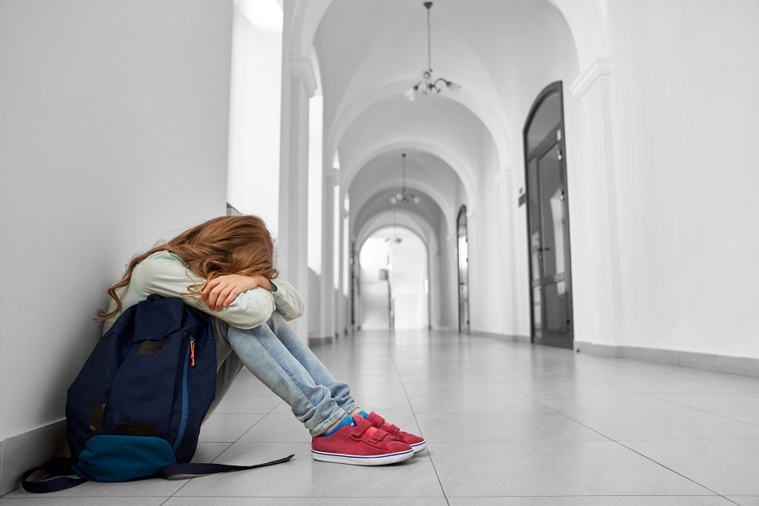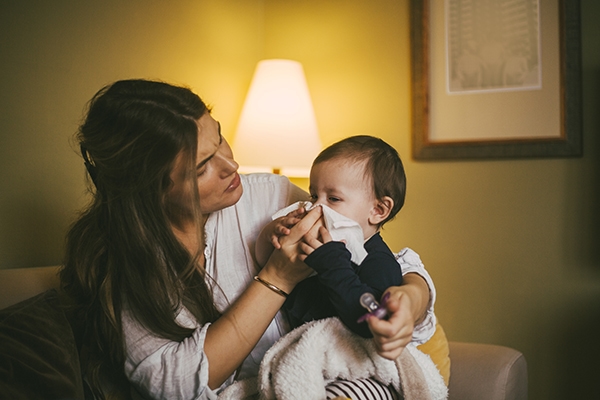National Child Abuse Prevention Month: Understanding child abuse and neglect
Apr 13, 2020

Every April, National Child Abuse Prevention Month asks us how we can better protect children in the U.S.
In 2015,nearly 700,000children were victims of abuse. Four out of five times, the abuser is the child’s parent, and in nearly all cases, the perpetrator is known to the child or family. These disheartening statistics urge us to consider what we can do to keep our children safe.
Know the risk factors
Cases of child abuse typically fall into two major categories: physical and sexual abuse. Knowing the risk factors for abuse is crucial, says Simi Valley Police Detective Casey Nicholson. Nicholson has 21 years of experience in law enforcement and 12 years devoted to investigating child abuse and sexual assault in the major crimes unit. “In 97% of cases, the offender of physical or sexual abuse is a known person, caregiver or close acquaintance,” Nicholson says. “While the abduction scenario with a stranger in a van is one that gets a lot of media attention, it’s not what we see in the majority of cases.”
Although the “stranger danger” message is still important, parents should understand what factors more commonly put children at risk.
- Incapacitation of the parent or primary caregiver.The #1 risk factor for abuse or neglect comes when the child’s caregiver becomes incapacitated and can’t provide proper supervision or care. For example, one of the most common scenarios occurs when the caregiver struggles with substance abuse and childcare takes a backseat to the addiction.
- A presence of domestic violence in the home.Domestic violence in a child’s home increases the child’s risk of exposure to violence and their risk of being neglected.
- Caregiving takes a backseat to other priorities.Similar to instances of substance abuse, parents can become incapacitated by the pursuit of their own career. In these cases, biological parents or guardians prioritize spending time outside the home and childcare is handled by a hired nanny or unpaid babysitter.
- The “unpaid babysitter.”Because abuse is most prevalently inflicted by a close family acquaintance, Nicholson advises that parents be wary of the “unpaid babysitter.” “You have to be instinctual and really present about who you trust with your kids,” he advises.
- Blended family scenarios.“When you fill a house with half-siblings or step-siblings, the risk of abuse rises,” says Nicholson. “Again, it comes down to being present and with your kids. About 10-15% of my cases come from those types of relationships.”
What else should I be aware of?
In addition to the risk factors above, Nicholson notes that monitoring a child’s internet access is crucial to preventing abuse. “We’re seeing an extraordinarily high incident rate of younger and younger victims online being sexually exploited and extorted online,” he says.
The risk of online sexual extortion, commonly called sextortion, comes from both interacting with online strangers and with acquaintances. “The risk is also much the same for both genders, up until the age of 17-18,” Nicholson notes. Be aware of children or teenagers who spend a lot of unsupervised time on the computer, in the bathroom or who insist on using smart devices in private.
What can I do?
When it comes to protecting your own children, Nicholson emphasizes that parents must be vigilant about who has access to their children. “Again, most offenders of physical or sexual abuse are known persons,” he says. “Usually it’s someone who has a position of authority that they can exploit to their ends, such as a coach, pastor, babysitter or even someone at the child’s school.”
Additionally, Nicholson says that making a report to law enforcement in cases of suspected or known abuse is an important step to take. “There is a lot of misinformation and distrust of how law enforcement approaches these situations,” Nicholson says. “We always encourage people to report anything suspicious to us. Just because a report is made doesn’t automatically result in an arrest or conviction, but at least we have preserved evidence and documented the incident.”


